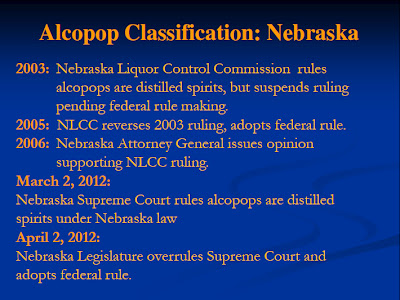In August 2011, the City of Seattle petitioned the Liquor Control Board to consider allowing jurisdictions to extend alcohol service hours beyond 2:00 a.m. (See posts from April 3, March 14 and November 15.) The Liquor Control Board hosted hearings around the state and received evenly split testimony with about 50% testifying in favor of extended hours and about 50% testifying against extended hours. The Liquor Control Board was to make a decision within the next two weeks but has postponed their decision until May 30.
From a prevention standpoint, the federal Community Prevention Services Task Force recommends against extending hours of alcohol sales/service.
In 2003, Vancouver, BC allowed bars in their Granville district to extend closing hours to 3:00 a.m. and, according to a 2007 report by the City and Police Department, between 2002 and 2006:
- The number of police calls between midnight and 6 am increased from 2,000 to over 3,500
- The number of fights doubled from around 140 to almost 300
- The number of disturbance and annoyance calls increased from approximately 310 to 410
- The number of requests for assistance to dispatch doubled from 80 to 160
- The number of stabbings and assaults in progress went from 40 to 100
The Liquor Control Board is still accepting public comments about the City of Seattle's petition. Comments may be submitted to Liquor Control Board’s Rules Coordinator.















































